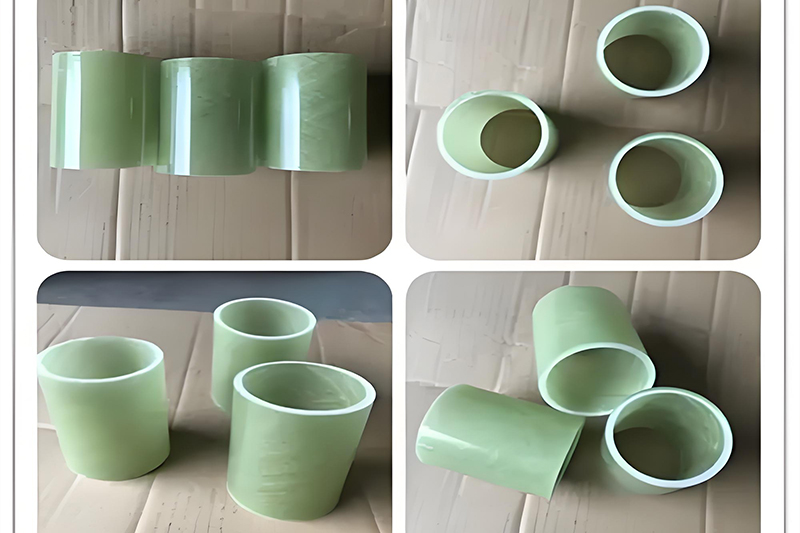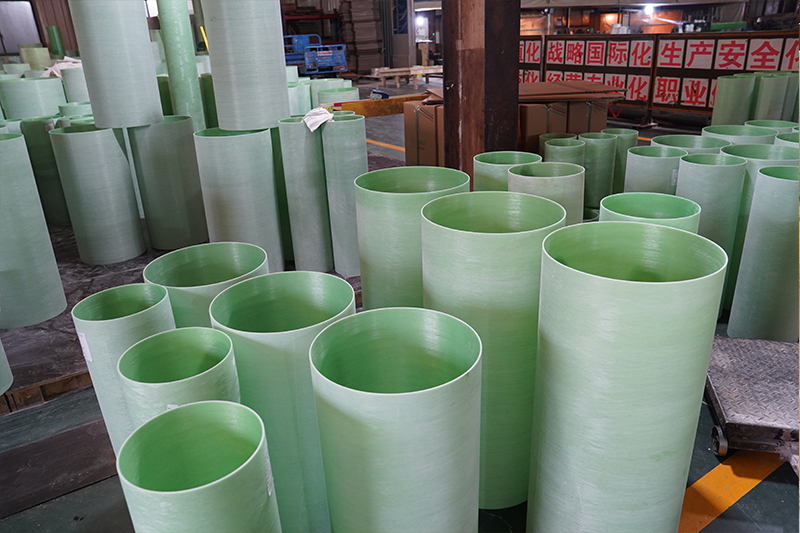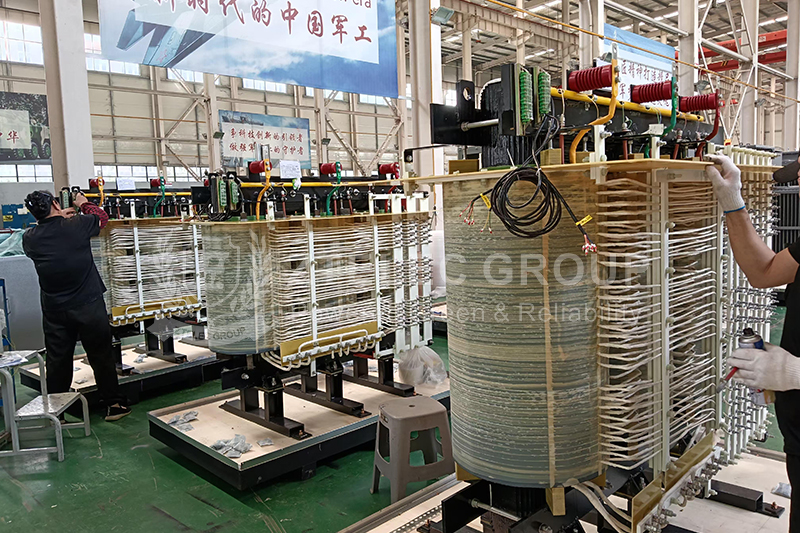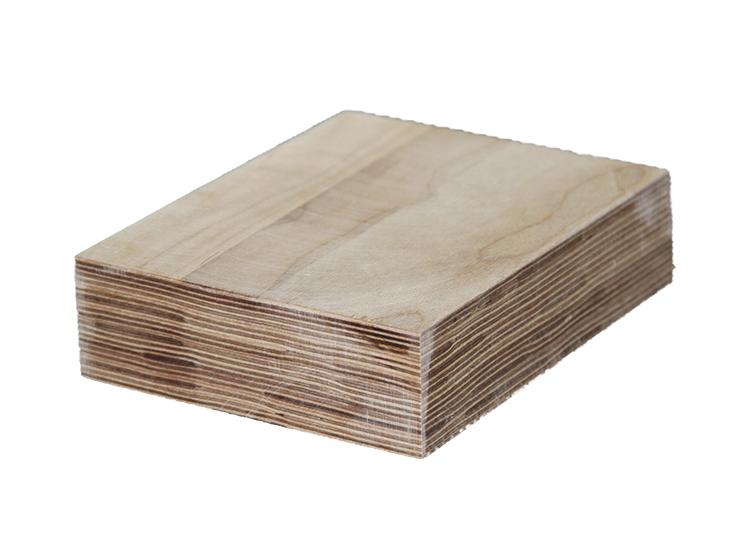G10 Glass Fiber Filament Winding Tube Standards and Test Methods
G10 glass fiber filament winding tube is a common choice for engineers and manufacturers in applications requiring stringent material strength, insulation performance, and environmental resistance. But how can you ensure that the G10 tube you use meets quality standards? This article will provide a detailed explanation of the relevant standards and test methods for G10 glass fiber filament winding tube to help you make the right choice.
What is G10 glass fiber filament winding tube?
According to NEMA (National Electrical Manufacturers Association) standards, G10 is a laminated material made of continuous glass fiber cloth reinforced with epoxy resin and then cured under high temperature and pressure. After being processed into tube using a winding process, G10 glass fiber filament winding tube offers the following core advantages:
High mechanical strength: Excellent resistance to bending, compression, and impact;
Excellent electrical insulation: Stable insulation resistance in high humidity environments;
Low water absorption: Withstands humid environments and chemical corrosion;
Good dimensional stability: Minimal deformation with temperature and humidity fluctuations. At present, this tube is widely used in transformer skeleton, switch equipment, robotic arm, insulating bushing and test and measurement equipment.

Core Standards for G10 Glass-Fiber Filament Winding Tube
The production and quality inspection of G10 materials primarily adhere to two authoritative standards:
NEMA STD LI 1-1998:
This is a commonly used industry standard. NEMA classifies this type of laminate material into several grades, such as general-purpose G10, heat-resistant G11, and flame-retardant FR4. G10 refers to epoxy glass cloth laminates designed for use in dry environments and exhibiting excellent mechanical and electrical properties.
ASTM D710 / NEMA G10:
The American Society for Testing and Materials (ASTM) standard D710 corresponds to and complements the NEMA standard. When purchasing G10 material, suppliers will typically state that their products comply with the "ASTM D710 / NEMA G10" standard.
These standards not only define the basic components of G10 material (such as glass cloth type and resin content), but also specify the minimum performance requirements it must meet. Key Performance Indicators and Test Methods for G10 Glass Fiber Filament Winding Tube
Integrating international standards such as ASTM and NEMA, as well as common test specifications such as IPC and GB, the following tests are key to evaluating the quality of G10 tube:
1. Electrical Performance Test
Dielectric Strength (Perpendicular to the Layers)
Standard References: ASTM D149, IEC 60243-1
Test Method: Place the tube specimen between two electrodes and apply an AC voltage at a constant rate until the specimen breaks down. The voltage at this point is recorded. The result is typically expressed in kV/mm and directly reflects the insulation capability of the material.
Insulation Resistance
Standard Reference: ASTM D257
Test Method: Under specified temperature and humidity conditions, apply a DC voltage to the specimen. Measure the leakage current through the specimen, then calculate the volume resistivity and surface resistivity. The result is expressed in ohms (Ω).
2. Mechanical Properties Test
Flexural Strength
Standard Reference: ASTM D790
Test Method: Support the ends of a pipe specimen (or processed strip specimen) and apply a concentrated load toward the center until the specimen breaks. The calculated maximum stress is the flexural strength, expressed in MPa or psi, which reflects the G10 pipe's ability to withstand structural loads.
Parallel Compressive Strength
Standard Reference: ASTM D695
Test Method: Apply a compressive load to a specimen cut along the pipe's axis (parallel to the glass cloth layers) until the specimen fails. The result is expressed in MPa or psi. This is a critical metric for G10 pipe used as structural support components.
3. Physical and Chemical Properties Test
Water Absorption
Standard Reference: ASTM D570
Test Method: Dry and weigh the specimen, then immerse it in distilled water at a specified temperature for 24 hours (or longer). Remove, wipe dry, and weigh again, calculating the percentage increase in weight. Low water absorption makes G10 material more resistant to environmental corrosion.
Flammability (Flammability Rating)
Important Note: Standard G10 is not flame retardant. If flame retardancy is required, select FR4 grade material.
Standard Reference: UL 94
Test Method: Place the specimen vertically or horizontally in a specific position and ignite it with a standard flame for a specified time. Observe the burning rate, dripping, and self-extinguishing time to determine the flame retardancy rating, such as V-0, V-1, or V-2.

FAQs
Q1: What is the difference between G10 and FR4?
A1: The primary difference is flame retardancy. G10 has excellent mechanical and electrical properties, but is not flame retardant. FR4, by adding flame retardants to G10, can achieve a UL94 V-0 flame retardancy rating, but this increases costs and may slightly reduce some mechanical properties.
Q2: How is the wall thickness and tolerance of G10 filament winding tube controlled?
A2: Wall thickness and tolerance are important quality indicators, typically agreed upon in the contract between the supplier and the buyer. High-quality tube, through precise winding equipment and process control, can achieve strict wall thickness tolerances (e.g., ±0.1mm). Customer drawings or internal company standards will also specify these requirements.
Q3: Can I test the performance of G10 tube myself?
A3: Dimensional and visual inspections can be performed on my own, but specialized tests such as electrical and mechanical properties require specialized equipment (such as a withstand voltage tester or universal material testing machine) and a standard laboratory environment. It's recommended to entrust a qualified third-party testing agency to conduct professional testing.
Understanding the standards and test methods for G10 glass-fiber filament winding tube is essential for ensuring product reliability and safety. Rigorous performance testing in accordance with international standards such as NEMA and ASTM effectively assesses material quality and helps you select the appropriate G10 tube for electrical equipment, precision instruments, or industrial machinery. When purchasing, work with reputable suppliers and request complete technical data and certification documents.
- more+releated article
- 2025-10-21Application of K Factor Transformer
- 2025-10-21Detailed explanation about transformer model w
- 2025-10-2010kV Oil-Immersed Transformer Safety: Lightnin
- 2025-10-20What are The Advantages of Phenolic Cotton Clo
- 2025-10-17Are Three-Phase Isolation Dry-Type Transformer
- 2025-10-17G10 Epoxy Sheet: Choosing the Right Specificat
- 2025-10-1610kV Oil-Immersed Transformer Operation Inspec
- 2025-10-163240-B Epoxy Phenolic Glass Fiber Cloth Lamina
- 2025-10-15G10 Epoxy Sheet: The Preferred Insulation Mate
- 2025-10-15Analysis of Energy-Saving and Noise Control Te





